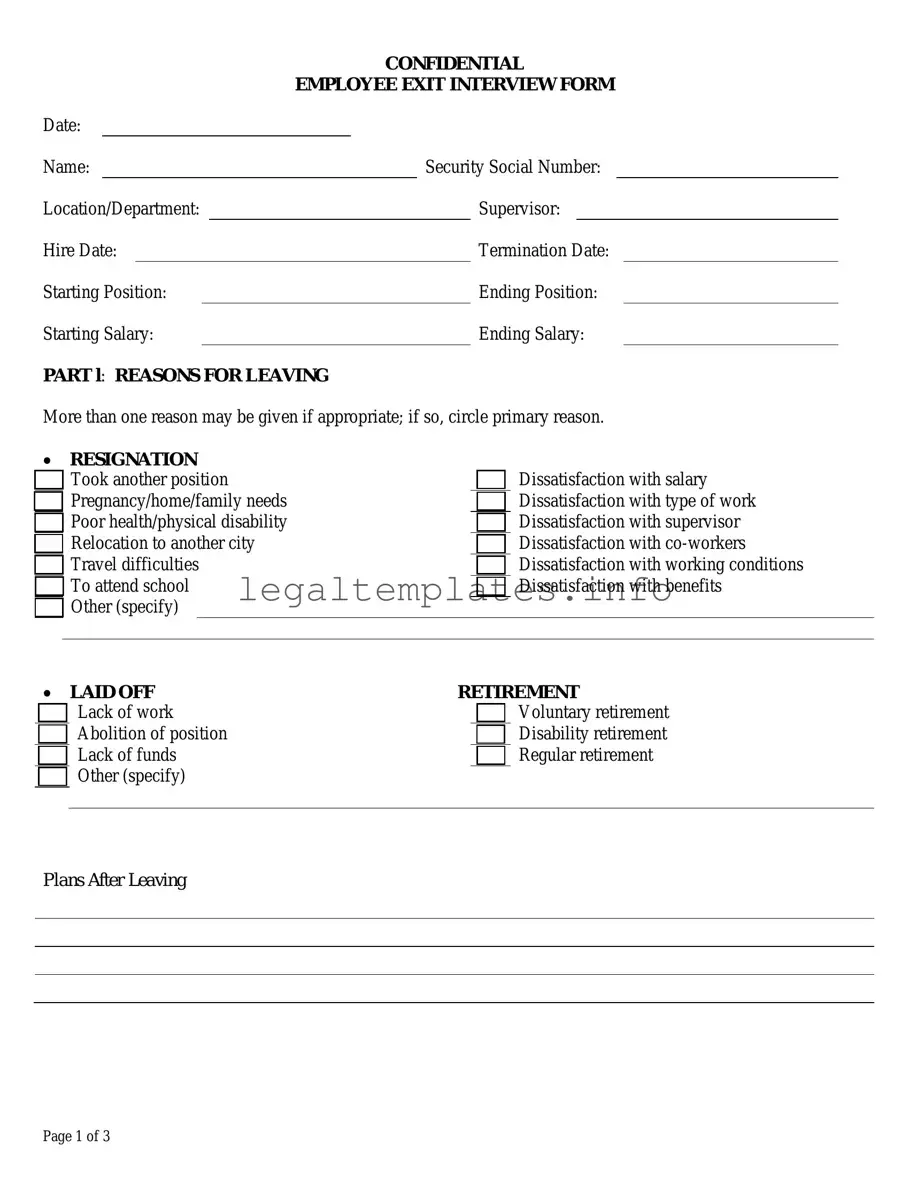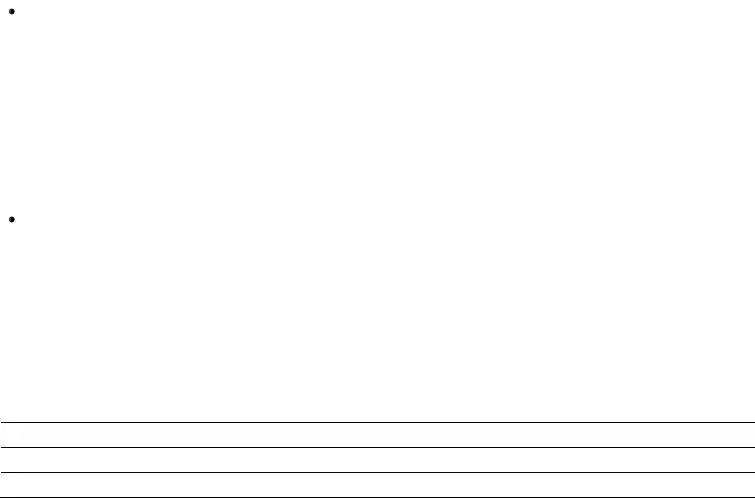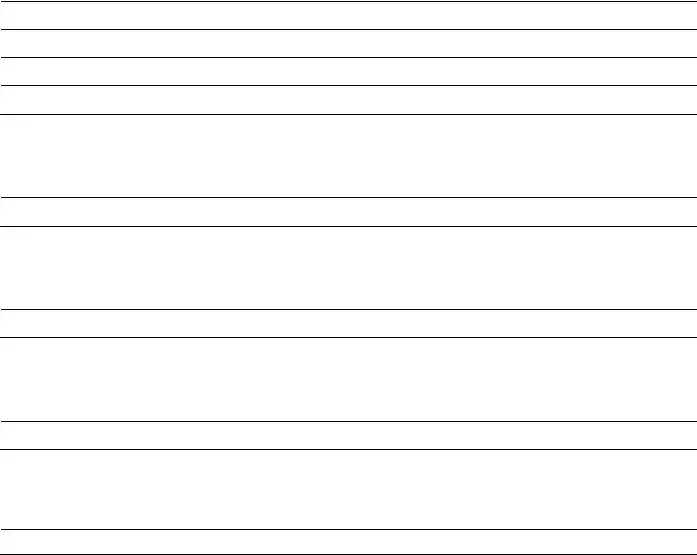What is an Exit Interview form?
An Exit Interview form is a document completed by an employee who is leaving an organization. It captures the employee's feedback on their work experience, including reasons for leaving, insights about the workplace culture, and suggestions for improvement. This form helps organizations understand how to retain talent and enhance working conditions.
Who should fill out the Exit Interview form?
Any employee who is voluntarily leaving the company should fill out the Exit Interview form. In some cases, organizations might also ask departing employees who are laid off or terminated to complete the form, depending on the company’s policy.
When should the Exit Interview form be completed?
The Exit Interview form should ideally be completed on one of the employee’s last days at the organization. This timing allows the employee to reflect on their entire experience while the details are still fresh in their mind.
What happens to the information provided in the Exit Interview form?
Information collected through the Exit Interview form is typically reviewed by Human Resources and, in some cases, departmental managers. It is used to identify patterns or issues within the workplace, develop strategies for improvement, and reduce future employee turnover.
Is the information provided in the Exit Interview form confidential?
Yes, the information provided is generally treated as confidential. Specific individuals, such as HR personnel, may have access to the information, but it is used in a way that protects the employee's identity whenever possible, especially when addressing sensitive feedback.
Can an Exit Interview form be completed anonymously?
While most organizations encourage identifiable feedback to address specific issues directly, some may allow for anonymous completion of the form. This option depends on the company’s policy and the goals they hope to achieve through the exit interview process.
What should I include in my Exit Interview form?
In your Exit Interview form, include honest feedback about your job role, work environment, management, training opportunities, what you valued during your time at the company, and reasons for your departure. Constructive feedback is particularly valuable to help the organization grow and improve.
Are there any best practices for completing an Exit Interview form?
Yes, it's best to be honest yet constructive in your feedback, focus on professional rather than personal grievances, and provide specific examples whenever possible. This approach helps your employer make meaningful changes based on your experience.



